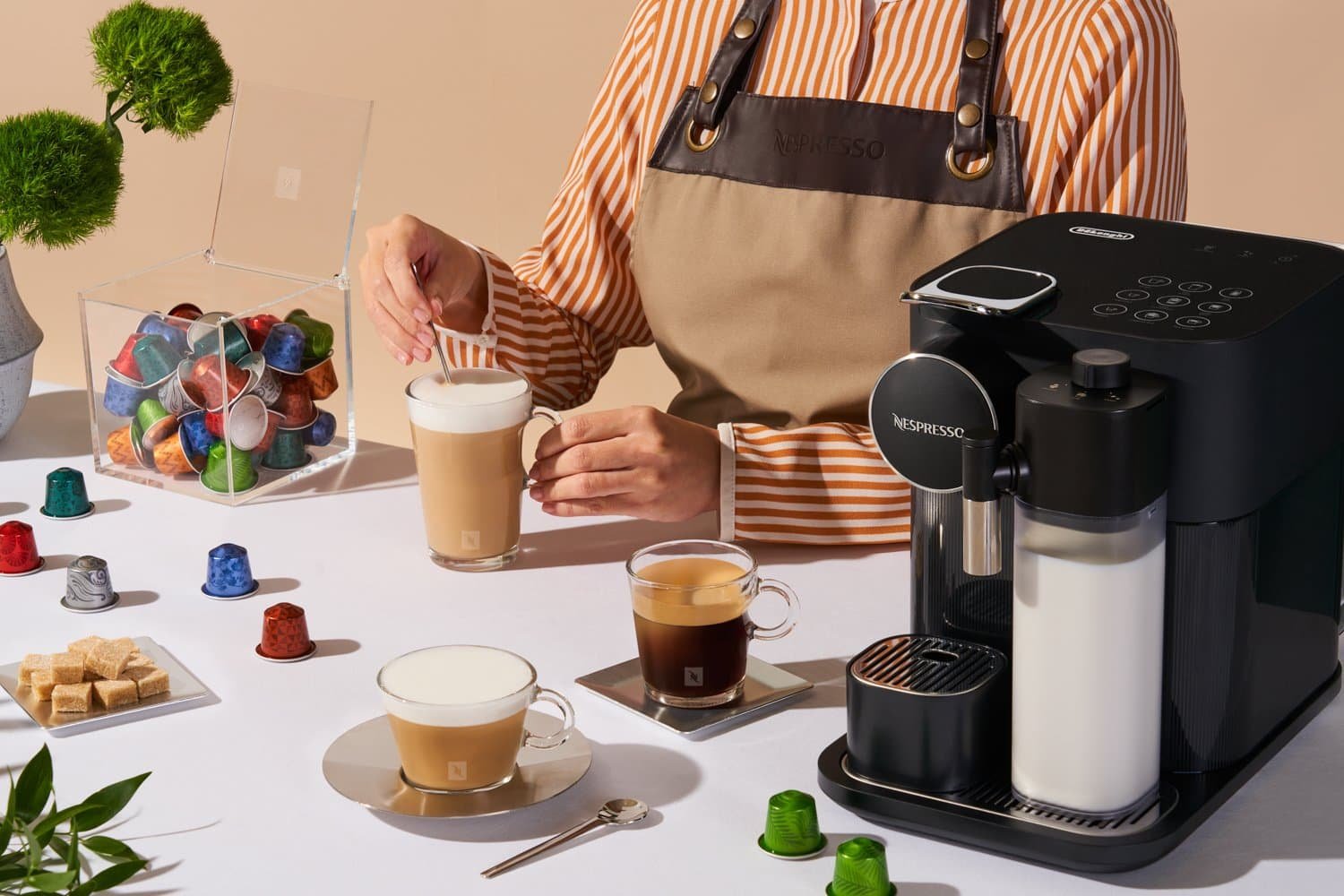How Food Photography Boosts E-commerce for Food Products
In the world of e-commerce, where customers can’t taste or touch food products, high-quality food photography becomes the key to capturing attention and influencing purchasing decisions. Compelling visuals serve as a virtual “first impression” and can make or break a sale. A well-shot image communicates freshness, taste, and quality—all essential for building trust and excitement around a food product.
This article explores how food photography enhances e-commerce sales, with insights and statistics that demonstrate its tangible benefits.
The Power of Visual Appeal in E-commerce
Visual appeal is a major driver of online sales, especially for food products. When customers browse a website, their decision-making is highly influenced by visuals. According to a study by Justuno, 93% of consumers consider visual appearance to be the primary factor in their purchasing decisions (Justuno). This statistic underscores the importance of high-quality images that not only showcase the product but also create a memorable impression.
Food photography goes beyond simply showing a product—it conveys the story behind the brand. For example, a rustic, farm-to-table restaurant may use earthy, natural tones in their images to communicate freshness and authenticity, while a gourmet brand might use sleek, close-up shots to highlight the quality and detail of their dishes. These visual cues help customers understand and connect with the brand, making them more likely to trust and engage with the product.
Impact of Food Photography on Sales
Food photography has a direct impact on sales. Adding well-crafted images to menu pages and product listings has been shown to boost conversion rates significantly. For example, Grubhub reports that menu pages featuring food photography can increase sales by up to 30% (Grubhub). Similarly, Deliveroo observed a 24% increase in sales when photos accompanied menu items (Claid).
These statistics make a compelling case for investing in high-quality food photography. In e-commerce, where customers rely solely on visuals to assess a product, a well-shot image can provide the reassurance they need to click “Add to Cart.” Brands that incorporate food photography effectively see higher engagement, conversion rates, and ultimately, increased sales revenue.
Enhancing Consumer Trust and Perception
Building trust online is critical, especially for food brands, where appearance can influence perceived taste and quality. High-quality images create a sense of transparency and reliability, allowing consumers to trust the product they’re purchasing. A study by MDG Advertising found that 67% of consumers consider clear, detailed images more important than product descriptions or even customer reviews (MDG Advertising).
For food products, where taste and texture can’t be directly experienced, visuals serve as the next best thing. Good food photography can showcase freshness, highlight texture, and make dishes look appetizing, giving consumers the confidence to try a new brand or product. This perceived authenticity and transparency can go a long way in enhancing consumer trust, which is vital for building brand loyalty and long-term customer relationships.
Reducing Return Rates
Another overlooked benefit of food photography is its potential to reduce return rates. When images accurately depict the product, customers’ expectations are more likely to align with reality. This is particularly important in the food industry, where aesthetic appeal often correlates with perceived freshness and quality. If a product looks as good in real life as it does online, customers are less likely to feel disappointed upon receiving it, reducing the chances of returns.
Clear and authentic images that accurately portray products can lower dissatisfaction rates and foster positive customer reviews, which further strengthens brand credibility. Reducing returns also translates into cost savings for businesses, as they spend less on handling returns and managing customer complaints.
Leveraging Social Media for Increased Reach
Social media has become a powerful tool for promoting food products, and quality food photography is key to making an impact on these platforms. According to Social Media Examiner, 32% of marketers consider visual images the most important form of content for their business (Social Media Examiner). For food brands, Instagram, Pinterest, and Facebook are essential for showcasing products through eye-catching photos that encourage likes, shares, and comments.
A stunning food photo can go viral, expanding a brand's reach and attracting new customers. For instance, a visually appealing image of a seasonal dish can create anticipation and drive more traffic to a website or online store. Many food brands also engage with user-generated content, encouraging customers to share their photos, which not only broadens exposure but also builds community and trust.
Case Studies Highlighting Success
Many brands have demonstrated the tangible benefits of investing in food photography. For example, Shopify shared a case study in which a gourmet food retailer saw a 25% increase in online sales after upgrading their product images to professional quality (Shopify). This case study highlights how investing in high-quality visuals can directly translate into increased e-commerce success.
Another study by Tidio found that businesses using appealing product images saw 30% higher conversion rates (Tidio). These case studies provide clear evidence that professional food photography is not just an aesthetic choice but a strategic investment that drives sales and strengthens brand positioning in a competitive market.
Conclusion
In today’s competitive e-commerce landscape, particularly in the food industry, professional food photography is a crucial asset. Compelling visuals not only capture attention but also build trust, reduce return rates, and leverage social media to expand reach. Supported by statistics and case studies, it’s clear that high-quality food photography offers a substantial return on investment. For food brands looking to succeed online, investing in food photography can be the difference between an average sales performance and a truly impactful, engaging online presence.
Whether you’re a small business or a large-scale food retailer, prioritizing quality visuals will enhance consumer engagement and set you apart in the crowded e-commerce space. If you’re looking for professional food photography services in Singapore, don’t hesitate to reach out to us today. We also offer professional food styling services!


